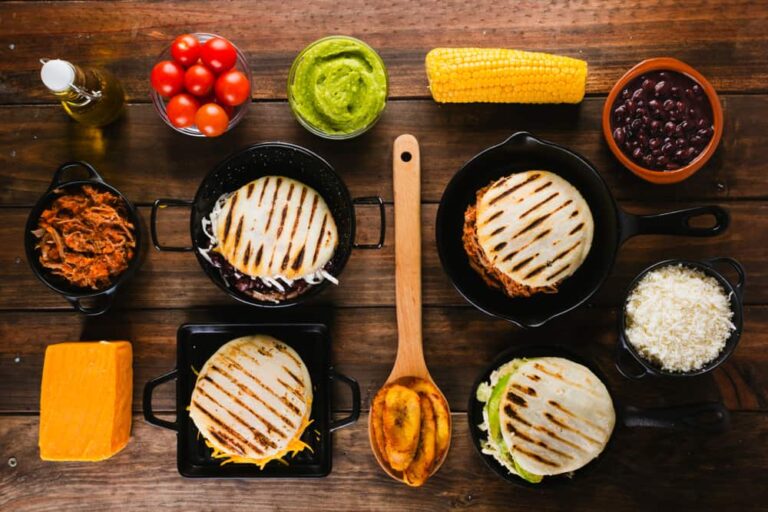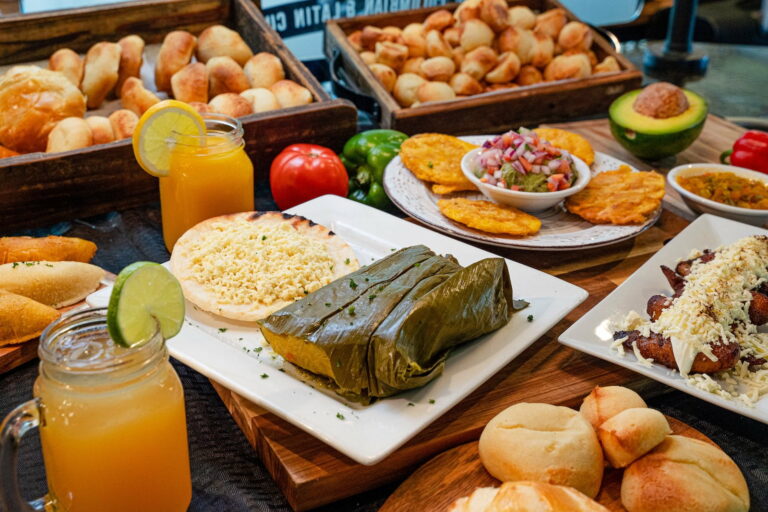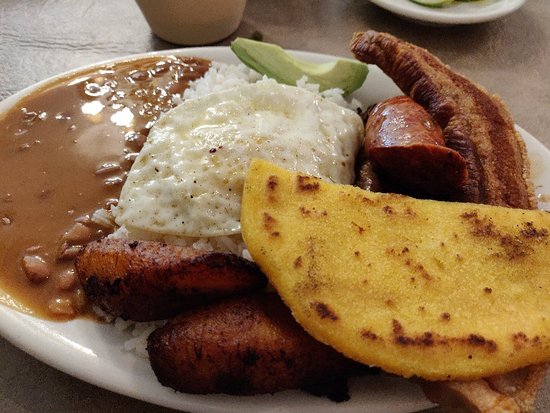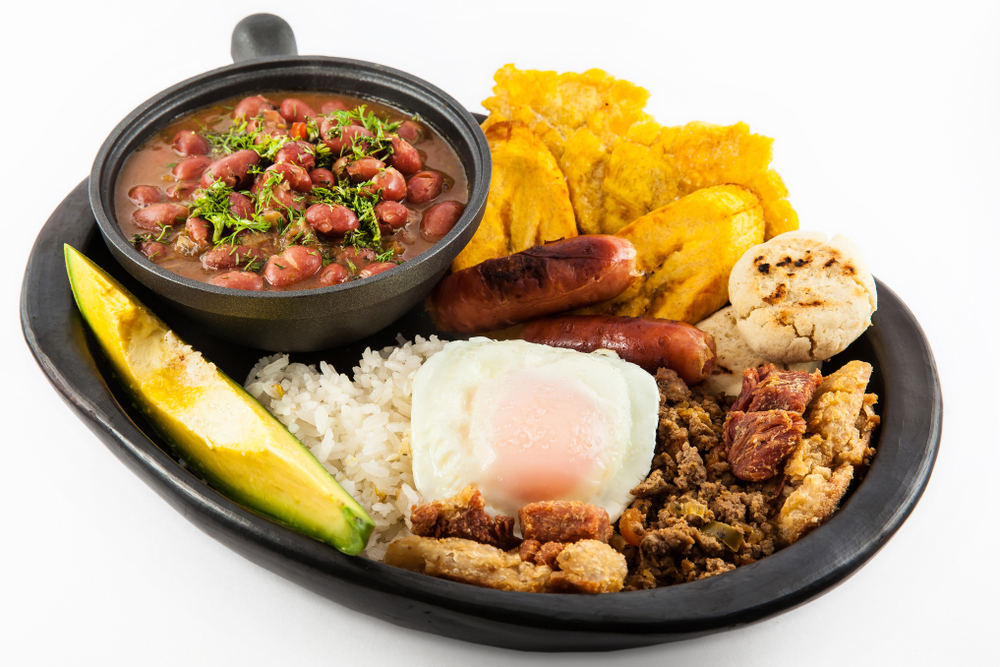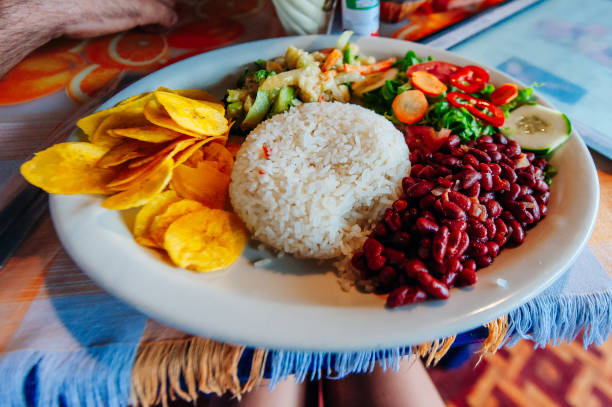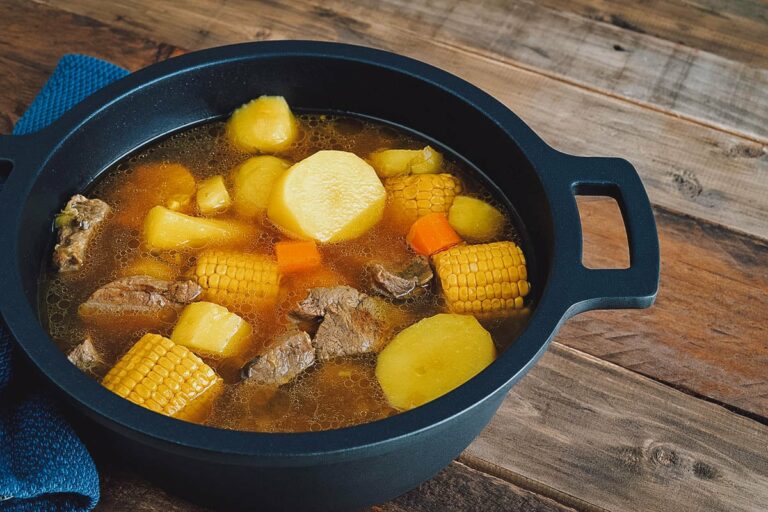Overview of Chinese Cuisine
Chinese cuisine is known to be one of the most diverse and sophisticated cuisines in the world. It has a long history, with a rich and complex culinary tradition that goes back thousands of years. Chinese cuisine is characterized by the use of a wide variety of ingredients, cooking techniques, and flavors, which vary greatly from region to region. It is influenced by factors such as geography, climate, history, and culture.
Regional Variations in China
China is a vast country with a diverse geography and climate, which has led to the development of distinct regional cuisines. The four main regional cuisines are Northern, Southern, Eastern, and Western, and each of them has its own unique characteristics and flavors. In addition, there are many minority cuisines that are specific to certain ethnic groups in China.
Northern Cuisine
Northern Chinese cuisine is characterized by the use of wheat-based products, such as noodles, dumplings, and steamed buns. It also features a variety of meat dishes, including lamb, beef, and pork, as well as a lot of vegetables. Northern cuisine is known for its aromatic flavors and hearty dishes, which are often served with a rich and savory sauce.
Southern Cuisine
Southern Chinese cuisine is known for its delicate flavors and emphasis on freshness. It features a lot of seafood, as well as rice and vegetable dishes. Southern cuisine also makes use of a lot of sweet and sour flavors, and is known for its dim sum dishes, which are small, bite-sized portions of food served in steamer baskets.
Eastern Cuisine
Eastern Chinese cuisine is characterized by a focus on light, fresh flavors and delicate textures. It features a lot of seafood and vegetable dishes, as well as soups and stews. Eastern cuisine is also known for its use of soy sauce and other fermented condiments, which add depth and complexity to the flavors.
Western Cuisine
Western Chinese cuisine is influenced by the cuisines of neighboring countries such as India, Pakistan, and Afghanistan. It is characterized by the use of spices and herbs, as well as a lot of lamb and beef dishes. Western cuisine is also known for its breads and pastries, which are often baked in tandoor ovens.
Minority Cuisine
There are many minority cuisines in China that are specific to certain ethnic groups, such as the Mongolian, Tibetan, and Uighur cuisines. These cuisines make use of a wide variety of ingredients and cooking techniques, and are often characterized by their bold and robust flavors.
Influences on Chinese Cuisine
Chinese cuisine has been influenced by many factors over the years, including its long history, geography, climate, and the cultural exchange that has taken place with neighboring countries. Some of the major influences on Chinese cuisine include the cuisines of Central Asia, India, and Southeast Asia, as well as the introduction of new ingredients and cooking techniques from other parts of the world. As a result, Chinese cuisine continues to evolve and adapt, while still retaining its unique and distinctive character.


